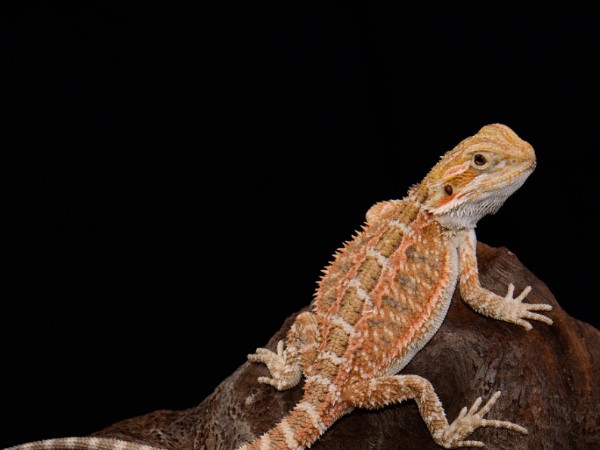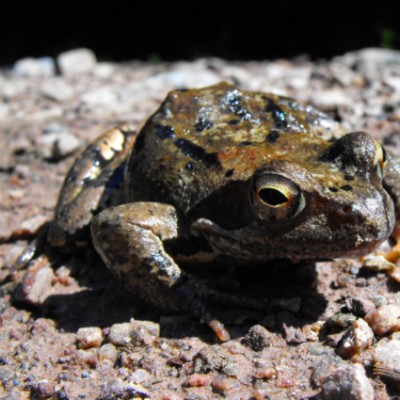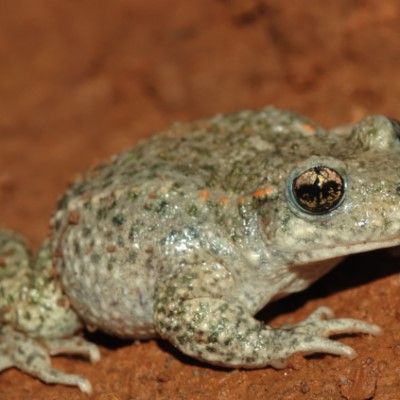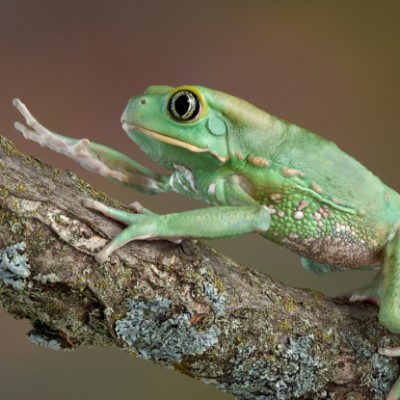Common Reasons for Surrender
Because the bearded dragon is so inexpensive, about $20 to $40 each, people sometimes think of them as “throwaways” and do not surrender them. For this reason, some bearded dragons die of neglect. Those beardies brought to rescues are often laden with parasites or some other sickness, and the owners surrender the lizard because they do not have money to pay for veterinary costs.
Pros
The coolest thing about bearded dragons is they have a cool personality and attitude. They are alert animals, and they watch you when you walk in the room. Some owners say their beardies watch TV with them! (Probably the lizard is drawn by the movement on the television screen.) After your beardie grows accustomed to your presence, you may pick her up and play with her. The bearded dragon will poop without warning, so be careful not to play with her on good furniture or carpet.
Cons
The downside of keeping any pet is cleaning up after them, and the bearded dragon is no exception. You may place a substrate like sand in the bottom of the tank and use a plastic picnic spoon to scoop out poop.
Beardies can bite, but most of the time they don’t. However, if your lizard is spooked or someone accidentally steps on his tail, he will turn around and nip at the perpetrator. If you go on vacation more than two nights, be sure to find someone to come in and care for your beardie.
Diet
Captive bearded dragons are fed leafy greens, dandelion, mustard, collard greens, worms, dubia roaches, and crickets. Commercial food may be purchased for the bearded dragon, but some will refuse that food if they’ve already been introduced to a fuller diet. The beardie will eat the greens if you put them in the cage first thing in the morning, before you put bugs inside. Do not feed your dragon bugs that you catch outside, because they may be infested with parasites. Feed them bugs that are purchased from a grower.
The bearded dragon is fed twice a day and sprayed once a day with a water bottle. Do not feed the dragon a lightning bug. Lighting bugs have a defense mechanism that will give the dragon a heart attack day or night.
Exercise
Bearded dragons will get enough exercise if you house them in a cage that has branches to hop about and one that is large enough to stretch and exercise.
Possible Health Issues
Beardies rarely get ill and have no set veterinary routine. However, it is wise to take your bearded dragon to the vet within the first six to 12 months so that your pet has a well visit behind him in which the vet can compare and look back at in case he gets sick later on. The beardie can get parasites, a condition that is easily treated by veterinarians by using Fenbendazole.
Housing
You may buy one bearded dragon. You will probably want to buy a male so you do not need to deal with infertile egg laying. Beardies seem content to live alone. Two males will ultimately fight one another, and a male and female will invariably breed and lay fertile eggs. Make sure your tank is large enough for your lizard to stretch and exercise. Experienced owners prefer a tank that has sliding glass doors on the front for easy cleanup.
You will need two thermometers on either side of your tank and two separate lights for your beardie. Place a full length fluorescent tube at the top of the cage so it looks like daylight inside. On one end of the cage, place a heat lamp with a flat river rock, about an inch thick, where they can bask to get warm. The surface temperature of the heat rock should be about 100 to 110. On the other side of the cage, the temperature can drop to the mid 80s and at night go all the way down to 65 degrees. You will want a branch or two for them to climb or perch, a flat river rock, and proper lighting.
If your beardie is in her cage gaping (her mouth open), she is probably too hot. Move her immediately to a cooler place and check the temperatures in your tank.
Grooming
You may use newspaper on the bottom of the tank or use children’s play sand. If you use play sand, run the sand through a screen to sift out larger pebbles. A beardie may try to eat a small pebble. Use a plastic picnic spoon to scoop up the feces as you would for kitty litter. If you use newspaper, simply open the front door of the tank and roll the paper toward you so it is wrapped inside when you are finished.
Training
The beardie is not trained, but your repetition in her schedule will create a pattern that she becomes accustomed to. For example, she will learn to look up at you when you are coming with food in your hand.
Entertainment
Bearded dragons love to watch things that move, including their owners. Personalities vary. Some will want to climb onto your hand if you put your hand in the cage. Others enjoy looking at the movement on the television set.
ADDITIONAL RESOURCES
The Bearded Dragon Manual by Philippe De Vosjoli
We want to thank Dachiu Bearded Dragons of Pennsylvania for help with this profile.






